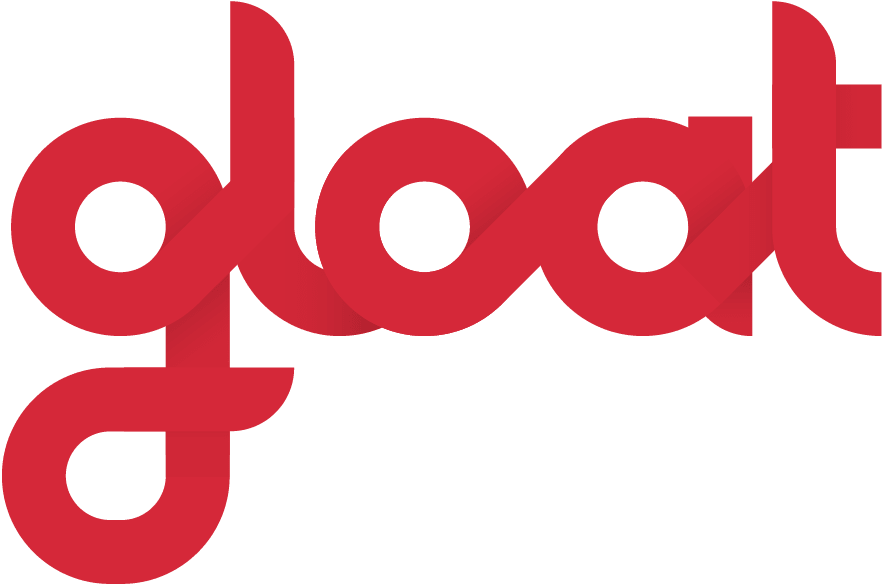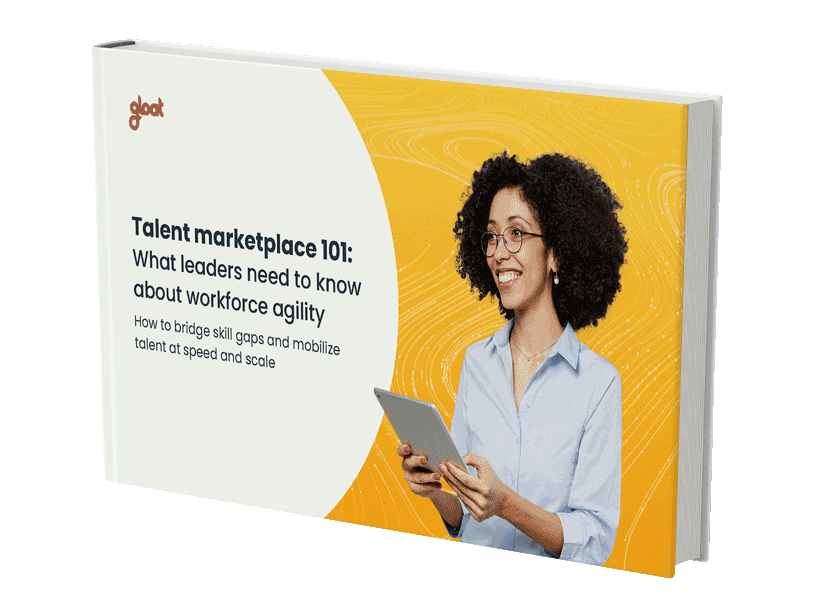Talent matching platform: what it is and why use one
How leading companies are activating internal mobility with help from AI

Companies are going to serious lengths to empower their people to put their skills to use across their organizations. The Wall Street Journal recently detailed the benefits top-performing businesses are reaping by harnessing technology to reallocate and redeploy their workforces.
While moving talent is critical to keeping employees engaged and encouraging them to build new skills, mobilizing the workforce has traditionally been challenging because leaders lacked the insights needed to match employees to open opportunities—which is where talent matching platforms come into play.
Fortunately, the rise of AI-powered HR technology allows executives to align employees to open opportunities based on their skills and interests, enabling best-fit talent matches that will empower workers to hone new capabilities and maximize their productivity.
How talent matching platforms work
Talent matching platforms work by using AI and algorithms to connect employees looking to take on new opportunities with projects, gigs, and full-time roles that align with their interests and skill sets. These platforms can analyze resumes, job descriptions, and user behavior to provide recommendations for internal growth and development opportunities. They improve engagement rates and overall efficiency by making it easier for leaders and hiring managers to find the talent they’re looking for without turning to lengthy external recruiting processes.
In some ways, talent matching works a lot like Netflix. Instead of searching through the entire array of movies and television shows available, Netflix collects data about your preferences and uses it to make predictions about what you’ll enjoy watching most. Similarly, talent matching platforms can take a lot of the guesswork out of finding career opportunities that are the right fit.
Talent matching platforms versus traditional recruitment methods
Traditional recruitment methods focus on acquiring external talent. Most approaches hinge on bringing new people into your organization and getting the skills your business needs through these hires. Typically HR and Talent Acquisition teams go through a lengthy process that includes recruiting and screening candidates, conducting interviews, and completing an extensive onboarding process.
In contrast, talent matching platforms can identify internal candidates with the skills and expertise your company is looking for. The AI-powered platforms generate suggestions for projects, gigs, and full-time roles that align with an employee’s skills and interests. They can also surface internal candidates whose skills and experiences make them a perfect fit for a project or job opportunity that a hiring manager is looking to staff.
Business benefits of using a talent matching platform
Some of the top benefits associated with using a talent matching platform include:
#1. Cut costs
By aligning internal talent to critical business initiatives, companies can save costs that would’ve been spent on contingent labor or external hiring. For example, Schneider Electric leveraged its talent marketplace to internally match employees to open opportunities within the business, in turn saving an estimated $15 million in enhanced productivity and reduced recruitment costs.
Jean Pelletier, Vice President, Digital Talent Transformation explains the success of this initiative noting, “Definitely, the ROI is the unlocked hours. Think of your projects and your gigs. Normally, you might go and hire a contractor to do something when there is someone who has the bandwidth within your own company to do what you need.”
#2. Improve retention
Talent matching is also one of the best things leaders can do to improve employee engagement levels and keep resignation rates low. Instead of losing team members who might be in roles that aren’t the best fit for their skills, talent matching platforms enable executives to ensure they have the right people in the right places, based on both business needs and employees’ personal goals.
#3. Fuel skill-building and cross-functional collaboration
In addition to cutting costs and boosting morale, talent matching can be a powerful way to minimize silos and encourage employees to build new skills by pitching in on various projects. Talent matching can align employees to projects and gigs that will help them develop the skills they’re looking to build
Participating in these hands-on experiential learning opportunities not only helps employees hone on-the-job expertise; it also gives them the chance to collaborate with colleagues they may not normally have the chance to work with and minimize siloes that may exist between teams
#4. Reduced bias in the hiring process
When HR and TA teams align talent with open opportunities manually, there’s always a chance that underlying assumptions and preconceived notions will sway the decision-making process. In contrast, talent matching platforms like talent marketplaces are powered by ethically constructed AI so they take bias out of the equation. They see your people for their potential and capabilities and not their race, gender, or background.
Platforms should have multiple safeties built in to ensure insights and recommendations are unhindered by systemic bias, as well as tools and dedicated datasets that your company’s diversity leaders can review to ensure no one is being overlooked or underrepresented.
Best practices for maximizing talent matching
To reap the full benefits of talent matching platforms, consider the following best practices:
#1. Use a talent marketplace
Talent marketplaces are the most effective way to match talent to open opportunities. These AI-powered talent matching platforms surface recommendations for projects, gigs, full-time roles, and mentorships that align employees with relevant skill-building opportunities.
The platforms can also surface candidates from across the organization with the skills and expertise that hiring managers are looking for and identify people with transferable skills that may make them strong candidates for cross-functional projects.
#2. Encourage employees to keep using the platform
Talent marketplaces are designed to be used by the entire workforce. The more employees use them, the better the systems become at generating matches that perfectly align with their skills, experiences, and goals.
The best talent marketplaces give employees the opportunity to rate the quality of their matches. The platform will then use this feedback to generate suggestions that better align with employees’ and managers’ preferences. So the more people use the talent marketplace, the better the quality of the matches will become
#3. Combine platform insights with human expertise
While talent marketplaces can generate best-fit opportunities based on employees’ skills, goals, and experiences, the systems are meant to be paired with human expertise and decision-making. Leaders can use these platforms as a tool to identify potential career growth opportunities and then sit down with their direct reports to review and discuss these options.
Talent matching success stories
While AI-powered talent matching through systems like a talent marketplace is a relatively new phenomenon, some companies are already achieving tremendous success through these initiatives. Two examples include:
Schneider Electric
After surveys revealed that 50% of exiting employees cited a lack of internal growth opportunities as their primary reason for leaving the business, Schneider Electric recognized it was time to do something different. The organization devised a new internal mobility strategy underpinned by a talent marketplace to encourage employees to expand their skill sets and grow their careers with business.
Reflecting on the profound change that the platform helped initiate, Pelletier, says, “We always said the employee is empowered to drive their career but for a long time, we weren’t actually enabling it. And that’s where Gloat’s talent marketplace has really helped us. Now we’re able to put our money where our mouth is.”
Seagate
When Seagate embarked on a transformation, leaders at the organization decided to prioritize a large-scale redeployment underpinned by their talent marketplace. Within the first four months of launching, the data storage leader estimated that their platform saved them $1.4 million—and that was just the beginning.
Building on their success, Seagate’s Global Director of Talent Agility Dikiran Kathuria shares that “…we have over 58,000 hours that have been unlocked and over 50% of [our talent marketplace] projects are cross-entity. We have a productivity savings of about $1.6 million. And in terms of diversity and inclusion, we found that 1.4X more women apply to these opportunities compared to men and 1.7X more is their chance to get converted to an assignment compared to men.”
Looking to learn more about how talent matching platforms work and the benefits organizations can reap by using one? Check out our Talent Marketplaces 101 guide to uncover the best practices Schneider Electric and Seagate use to maximize their platforms’ success.





